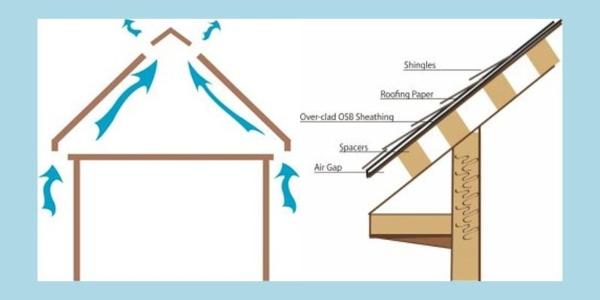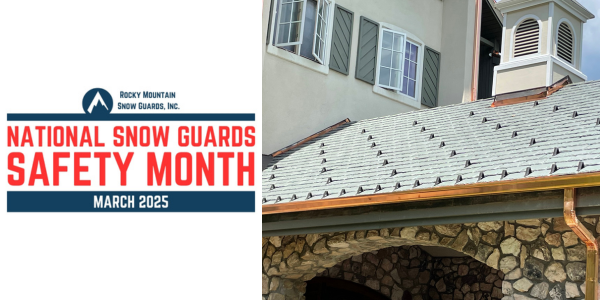UP TO THE MINUTE
Expert tips for perfect sloped roof ventilation

By Metal-Era.
Maximize efficiency with our expert tips on attic and Above Sheathing Ventilation (ASV) systems.
The importance of ventilation and its diverse impacts across various regions cannot be understated. In this article, we’ll delve into different ventilation systems for sloped roofs, their environmental implications and key ventilation guidelines.
Natural roof ventilation primarily falls into two categories, each with distinct features. Attic ventilation involves drawing air in through the eaves, allowing it to circulate within a shared attic space, and then venting it out through the ridge. On the other hand, Above Sheathing Ventilation (ASV), often seen as vented nailbase, includes sheathing, spacers and insulation to create a continuous airspace from eave to ridge, enhancing ventilation efficiency.
Our experts here at Metal-Era explore these ventilation types in detail and provide essential guidelines for ensuring optimal roof ventilation below.
Thermal effects
Warm air rises and cool air descends. While cool air enters the roof system through lower eave vents, the warmer air will naturally rise and exhaust via the higher ridge vents. Well-balanced ventilation systems utilize this natural thermal movement.
The impact of wind
When wind hits a building, high pressures force air in at the eave. As wind goes over a building, low pressures draw air out at the ridge and prevent rain and snow from entering. This happens because wind speed moving against and over a building is more important than the wind’s velocity. Wind moving against and over a building creates high- and low-pressure zones, also known as Bernoulli’s Principle, which states, “Within a horizontal flow of fluid, points of higher fluid speed will have less pressure than points of slower fluid speed.” A more detailed analysis of Bernoulli’s Principle can be found on the NASA website. Information regarding how the speed of a fluid relates to the pressure of the fluid can be found here.
Net Free Area (NFA)
Net Free Area is an important component for all roof ventilation. NFA represents the portion of the opening in the vent that actually ventilates – more specifically – the total unobstructed area through which air can enter or exhaust a non-powered vent.
Building code requirements (commercial versus residential)
Commercial and residential building code requirements are actually very similar. However, commercial buildings are usually much larger and require a greater amount of ventilation.
Sources:
Original article source: Metal-Era
Learn more about Metal-Era in their Coffee Shop Directory or visit www.metalera.com.






















Comments
Leave a Reply
Have an account? Login to leave a comment!
Sign In